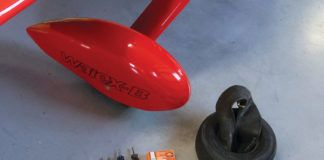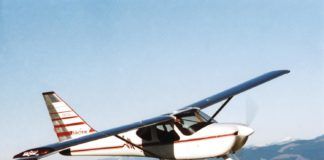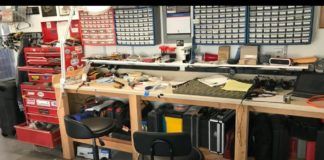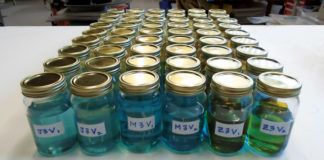Dreams of flight no doubt go back as far as humans have watched the birds. No one knows who first tried jumping off of a high place, arms outstretched in imitation of the hawk, and came to an unsettling end. History tells us that the first successful (defined as survivable) flight attempts were with the use of balloons. It was much later that a few brave inventors successfully glided off of hilltops with wings fashioned from lightweight sticks and fabric. We know that the Wright Brothers built on the work of others in perfecting their own kites and gliders before reaching for the ultimate prize—heavier than air, powered flight.
What we do know is that the spirit that lives in homebuilders today lived in those same men and women throughout history. The desire to fly melded with the willingness to build and experiment defines all of us that wish to try our own creations against the wind. Whether one is building a Pietenpol or a turbine-powered Lancair Evolution (or anything in between), we all know the joys and sorrows that come in the shop or on the airfield—and these feelings and experiences tie us to the brothers Wright, just as surely as if we were building one of their creations.
As I write these words, winter is just getting a grip on North America—and as you read them, spring is just beginning to show its face in the southern parts of the country, as evidenced by the annual migration of aviation enthusiasts to the Lakeland, Florida airport for Sun ‘n Fun. Long winter nights are excellent times for reflection, contemplation, and writing—the things we have learned come together, coalesce, and ask to be written down for others to read. Such is the genesis of this month’s flight review.
Modern aircraft kits came from simple kits developed in the 1970s, in answer to a growing demand for something more than a set of plans and an Aircraft Spruce catalog from which to order raw materials. In the ’60s, homebuilding was still in its childhood years, with folks building rag and tube aircraft and being happy to take their machines around the patch—nothing like today’s aircraft, some of which can take us coast to coast in a day.
But before that, we had the real pioneers—the homebuilders of the ’50s and before, going back to George Bogardus, who flew his homemade airplane from Oregon to Washington to lobby for the rules under which we now can all create the flying machines that we want. This was the true birth of the Experimental/Amateur-Built category—a point in time from which our modern creations spring. But before that, there were quite a few homebuilders, too. Well before WW-II, airplanes sprung up from barns and workshops across America. If you wanted an airplane, you read what those who had built before had done, maybe you helped dope a few wings and grease a few engines—then you built your own. Many of those machines flew, and some of them begat airplane companies, a tradition of entrepreneurship that goes back to that fateful day on the sands of Kitty Hawk.
For the first true homebuilders were the brothers who started it all. The brothers Wright—Orville and Wilbur—were not just curious about flight, they had an industrious spirit and the desire to solve a problem that had plagued mankind since the first human pondered the birds. Those brothers were not at all unlike the homebuilder of today, ready to fabricate what they needed to prove their ideas would work. And just like today, there were naysayers—neighbors who couldn’t believe that you could build a flying machine in your garage or workshop. Yet build they did—and they did fly! Sixty-six years after they left the dunes of Kitty Hawk in their fragile craft, less than a lifetime for most people today, mankind stepped out of a thin-skinned flying machine onto the surface of the moon. Sixty-six years from a frail flying box kite with a 12-horsepower motor to rocket ships visiting our nearest neighbor.
This month, we take a look back at that first homebuilt. It gives me goose bumps just thinking about what their dreams created—and what is still to come.

![]()
Paul Dye retired as a lead flight director for NASA’s Human Space Flight program, with 40 years of aerospace experience on everything from Cubs to the space shuttle. An avid homebuilder, he began flying and working on airplanes as a teen and has experience with a wide range of construction techniques and materials. He currently flies an RV-8 that he built in 2005 and an RV-3 that he recently completed with his pilot wife. A commercially licensed pilot, he has logged over 4500 hours in many different types of aircraft. When not writing on aviation topics, he consults and collaborates in aerospace operations and flight testing projects.





